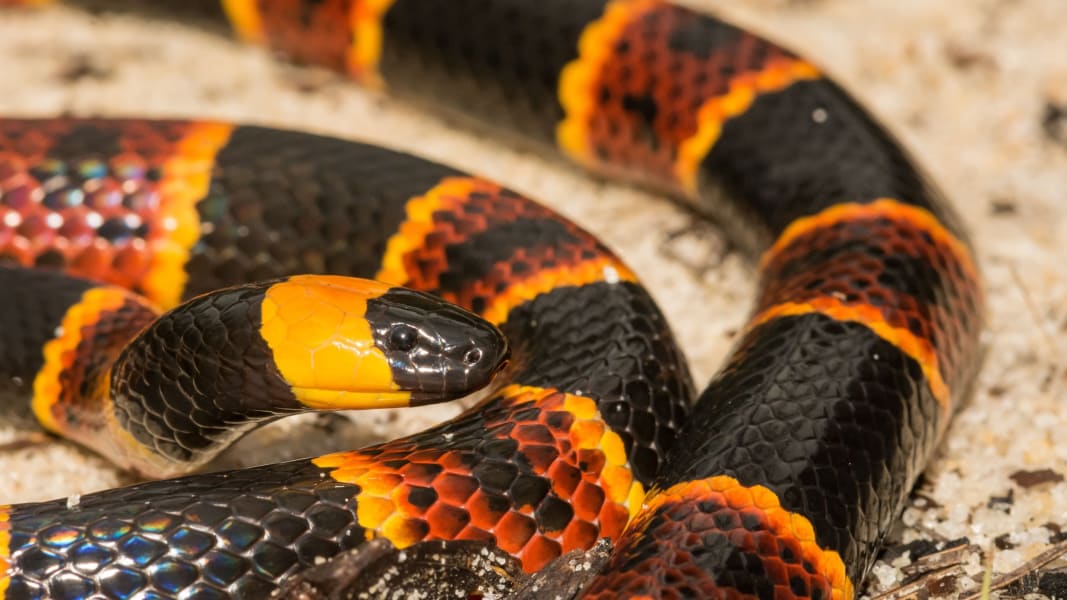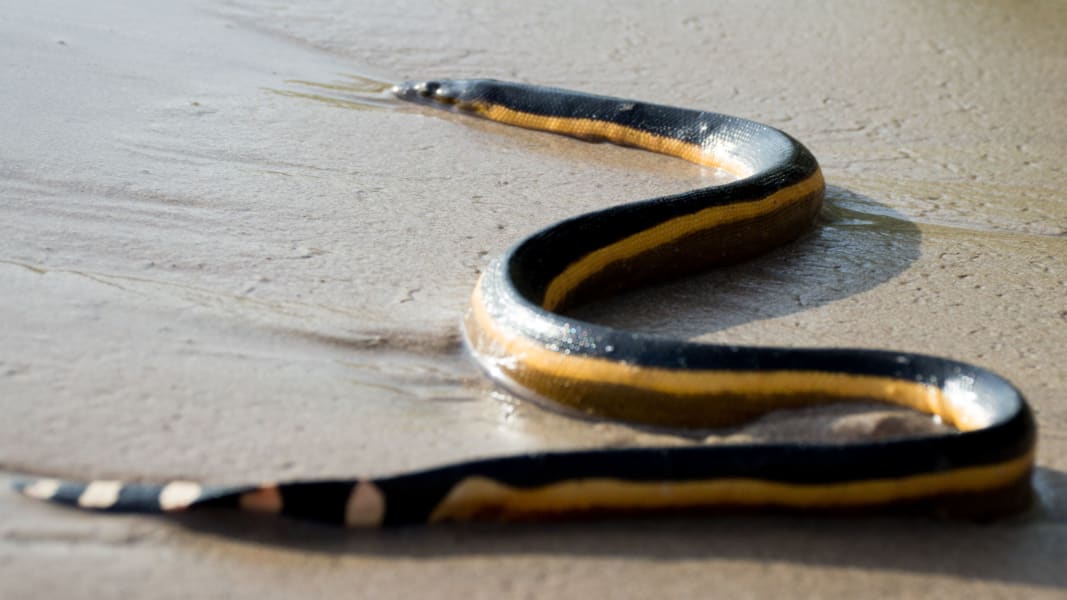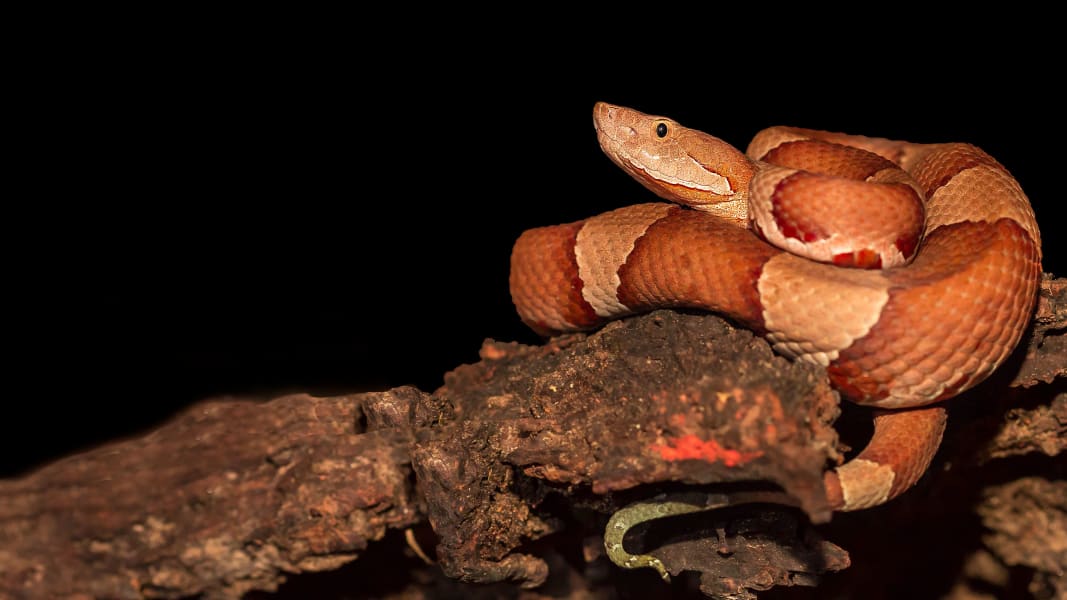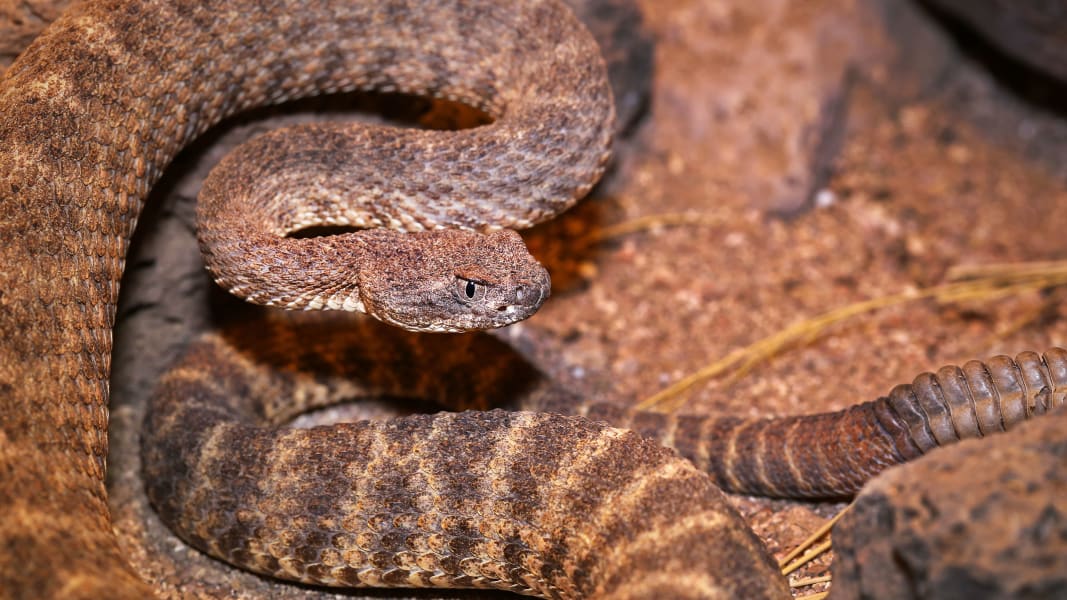Health
Venomous snakes in the United States
By Susan Scutti, CNN
Updated 0908 GMT (1708 HKT) June 29, 2017
Share
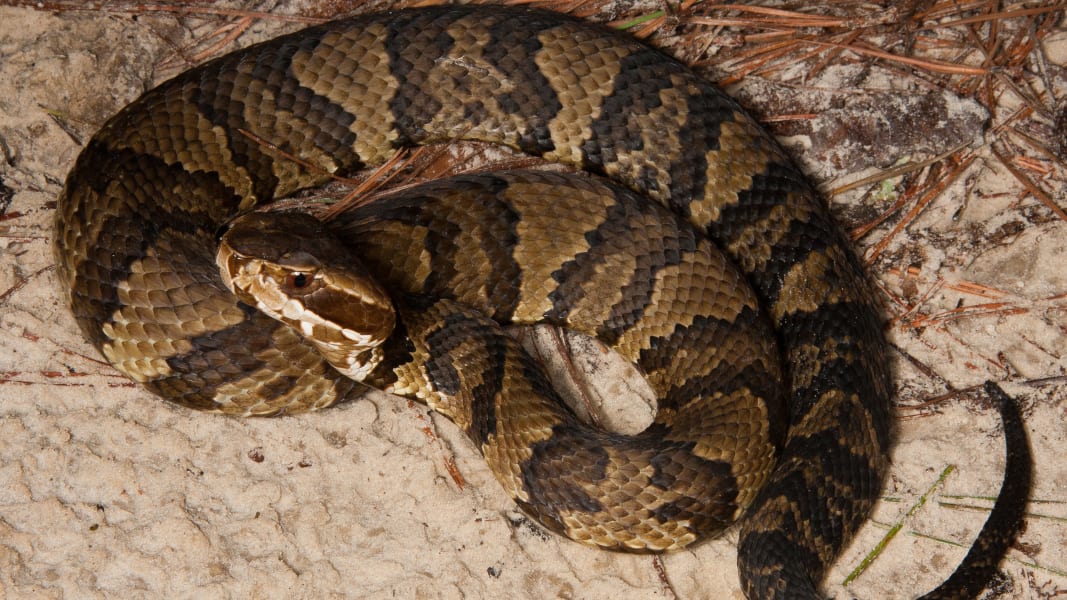

1 of 7
Cottonmouths (scientific name: Agkistrodon piscivorus) reach an average adult size of 20 to 48 inches with a heavy body. A threatened cottonmouth may respond by opening its mouth as if ready to bite -- it's the white color of its interior mouth that gave rise to the name cottonmouth. They are also known as water moccasins. These snakes can make a home anywhere along the East Coast from Virginia to Florida, extending as far west as Eastern Texas. Standard meals include fish, frogs, mice, rats and other small mammals. Shutterstock
Timber rattlesnakes (scientific name: Crotalus horridus) possess characteristic rattles on the end of their tales and, fully grown, they range in length from 30 to 60 inches. The snake pictured here is a pregnant female. Generally, timber rattlesnakes can be found in the area of the United States extending from southern New Hampshire to northern Georgia and west to the southwestern portion of Wisconsin and northeastern portion of Texas. Timber rattlers can acclimate to a variety of habitats, including lowland thickets, high swamp areas, river floodplains, hardwood and pine forests, rural farming regions, and mountainous areas, particularly the Appalachian Mountains. Mostly these snakes feast on small rodents, including squirrels and rabbits. Shutterstock
Copperheads (scientific name: Agkistrodon contortrix) reach an average adult size of 24 to 40 inches with a heavy body and elliptical eyes. A type of pit viper, copperheads can be found in the center and East Coast of the United States. In the mountains, copperheads prefer dry, rocky hillsides. Along the coast, they favor hardwood forests and swamps, yet they also reside in suburban areas of large cities. The majority of snake bites in the Southeast are caused by these well-camouflaged snakes, though its venom is not very potent. They dine on everything from insects to birds, amphibians, lizards, snakes and small mammals. Shutterstock
The tiger rattlesnake (scientific name: Crotalus tigris) ranges in length from from about 18 inches to 36 inches, with an average length of about two feet. Generally, its head is small and its rattle is long. Though relatively undersized for a rattlesnake, the tiger rattler carries the dubious distinction of being the most toxic of the American venomous snakes. Tiger rattlesnakes live in southern and central Arizona and the Gulf of California. These snakes commonly gorge on small mice and other small mammals, including rats and lizards. Shutterstock
Western diamondback rattlesnakes (scientific name: Crotalus atrox) rank among the largest of rattlesnakes, growing, on average, to a length of 30 to 90 inches, with most ranging between one and four feet. The preferred climate of this snake is semiarid areas such as mountains, deserts, canyons and rocky foothills. Western diamondbacks inhabit California, Arizona, New Mexico, Oklahoma, Texas and Arkansas. Like other snakes, this one can grow back any broken fangs, which happens often. While young, this snake will make a snack of large insects and frogs. As it grows older, it eats small mammals, birds and lizards. Shutterstock
Coral snakes (scientific name: Micrurus) come in both Eastern and Western varieties, with the former type pictured here. At its longest, an adult may grow to 30 inches while maintaining a slender body. The Eastern coral is more common than the Western, but in their natural habitats of southeastern or southwestern United States, neither are seen very often. These snakes are naturally reclusive, emerging from their dens only rarely. Coral snakes feed on a diet of other reptiles and snakes (even other coral snakes), with the occasional frog thrown in. Shutterstock
Yellow belly sea snakes (scientific name: Pelamis platurus) reach an average adult size of 10 to 45 inches with a flattened body. Able to spend up to three hours underwater without surfacing, research suggests 87% of the time this snake dwells underwater. Needing warm water, yellow belly sea snakes normally reside in tropical areas of the Indian and Pacific Oceans and can be found in Central America, Mexico, and Baja California. This ambush predator waits quietly at the surface of the water, waiting for fish to swim by, and then makes a meal of small fish and eels. Shutterstock

